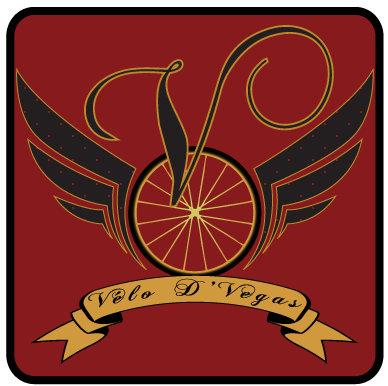More than 1,700 cyclists ride the down the famous Las Vegas Strip in RTC Viva Bike Vegas 2011
The Regional Transportation Commission of Southern Nevada (RTC) welcomed more than 1,700 cyclists for RTC Viva Bike Vegas 2011, which offered riders the unique opportunity to ride along the iconic Las Vegas Strip. The fourth annual cycling event attracted riders throughout the United States, England, Mexico and Canada.
RTC Viva Bike Vegas featured three spectacular routes for cyclists of all skill levels, including a 103-mile century ride as well as 60-mile and 17-mile routes. Century riders traveled from the Las Vegas Strip to the vistas of the Red Rock Canyon National Conservation Area and the scenic trails near Lake Mead National Park. The 60-mile and century rides also included the scenic Red Rock Loop for the first time.
While not a race, timing chips were available to riders who wanted to track their course time for completing Viva Bike Vegas. Cyclists will be able to access their official course time online Saturday evening at www.vivabikevegas.com
After the ride, cyclists and spectators relaxed at the After-School All-Stars Las Vegas Beer Garden at Town Square, sponsored by Miller’s Ale House and Bonanza Beverage.
Proceeds from RTC Viva Bike Vegas 2011 benefit three local charities: Nevada Cancer Institute, After-School All-Stars Las Vegas and Nevada Child Seekers.
Cyclists can also now register early and save money on the RTC 2012 Viva Bike Vegas Gran Fondo ride. Register online at www.vivabikevegas.com. The RTC 2012 Viva Bike Vegas Gran Fondo ride is anticipated to bring more cycling enthusiasts and exhibitors as it partners with Interbike, the largest bicycle trade event in North America.
Nevada Cancer Institute is a team of dedicated professionals committed to advancing the frontiers of knowledge of cancer through research and providing world-class, research-linked cancer services to Nevadans and people throughout the Southwest. The research-linked, comprehensive cancer facility opened late summer 2005 and is dedicated to state-of-the-art research and implementation of groundbreaking methods of prevention, detection and treatment of cancer.
The Greater Las Vegas After-School All-Stars provide at-risk youth with after school programs that afford them opportunities to participate in sports, educational, cultural, and community enrichment programs to build confidence and self-esteem and to encourage youth to say “no” to gangs, drugs and violence and “yes” to hope, learning and life.
Nevada Child Seekers is a non-profit organization created in 1985 by community leaders dedicated to advocating for and engaging in prevention, identification and location efforts on behalf of missing and exploited children. Nevada Child Seekers offers liaison services to family and law enforcement, abduction prevention education and volunteer opportunities to promote the safety of children in our communities.
The RTC is the transit authority, transportation planning agency and regional traffic management agency for Southern Nevada. The RTC’s vision is to provide a safe, convenient and effective regional transportation system that enhances mobility and air quality for citizens and visitors. The RTC encourages residents and visitors to use alternate commute modes to help reduce traffic congestion, clean the air and improve the quality of life in Southern Nevada. For more information, visit rtcsnv.com.
